Ferrari was starting to lose its way in the 1990s. Its road cars were heavily criticised and its motorsport exploits were losing momentum.
New CEO Luca di Montezemolo knew he needed a production car to return it back to the passionate and engaging form it was so famous for. He wanted to invoke the feeling of passion for Ferrari that was dwindling among buyers, and the only way to do that was to return the emotive driving experience that was nowhere to be found in the underwhelming 348 of 1989.
The car that the factory eventually churned out in 1994 was the ideal solution, so much so that Ferrari sold 11,552 of them – a record for any single model from the company. Yes, the F355 rectified di Montezemolo’s greatest problem in a remarkable way: not only did it impress buyers of the time, but also it’s still heralded as one of the finest ever Ferraris. Despite being like the 348 (it had the same proportions, body shell and rear subframe), the execution was vastly different.
You may gawp at the fetching Pininfarina-designed looks, with their clean lines and retro popup headlights. Or maybe it’s the engine that draws you in. The naturally aspirated, dry-sump, flat-plane, 3.5-litre V8 revs to an eye-watering 8500rpm and makes a healthy 380bhp (a 25% increase over the 348) and 268lb ft of torque. It used Formula 1 technology, with five valves per cylinder. It was lightweight, too, with forged alloy pistons and titanium conrods, so the 355 weighed just 1380kg dry.
Ferrari also improved the handling with new electronic dampers and an optional Fiorano handling package that widened the track, lowered the car and firmed up the suspension.
The much more balanced chassis and lighter steering made it a more approachable and fun car to drive, especially with the sublime sixspeed gated manual gearbox.
In 1997, it also offered the first version of Ferrari’s six-speed paddle-shift electrohydraulic ‘F1’ gearbox; the automated manual was the first of its kind. The Scuderia was the first F1 team to use paddles in its race cars, hence the name.
Speaking of racing, the F355 wasn’t just offered in road-going guise; it had racing pedigree too. In 1995, Ferrari devised the onemake F355 Challenge series, which allowed hardcore 355s to be sold for racing. It followed a popular series of the same idea which used 348s to race, continuing the lineage of the Ferrari Challenge series that we still see today.
On the road, the F355 was offered in Berlinetta coupe or GTS Targa guise, before a Spider cabriolet was added in 1995.
Of course, it wouldn’t be an older Ferrari if there weren’t exceedingly high maintenance costs and some stress-inducing problems. Nevertheless, if you shop carefully and find an example with a full service history, we guarantee that you will be rewarded with a howling soundtrack and an enriching supercar that you will never get tired of. It could also be an A1 investment for the future.
What we said then
19 October 1994: “The F355 is a landmark car. Not only is it good enough to tear down the walls of the class you think it should be in and cause deep blushes throughout the one above, but it’s also the best sports car Ferrari has turned out since the 246 GT Dino. More than that, the F355 is the first car we’ve driven that seriously brings into question the logic of spending seven times more on a McLaren F1 when in usable terms it achieves at least 95% as much.”

An expert's view
Ecomotive car sales: “The first thing you should look for is that the characteristic ‘sticky button’ issue that affects almost all Ferraris of this age has been attended to. If it has then the switchgear will be virtually like new. The howl from that lovely 3.5 V8 engine is absolutely intoxicating and you would probably buy the car just on the strength of that, but as well as enjoying one of the most sonorous V8s to emerge from Maranello, it is complimented by a fabulous chassis that not only inspires confidence but also delivers amazing levels of comfort. This is a truly useable supercar. There is a cd/radio, but most will prefer to listen to the wonderful sound of the Tubi exhaust.”
Buyer beware
Engine: The V8 is durable, but the soft valve guides (made of bronze) in pre-1996 cars tend to wear, meaning they burn oil which can cause severe damage with big costs. They were later changed to steel, and the material in your car can be checked by asking a Ferrari dealer. A compression test can find problems with the guides. The timing belts also need to be replaced every three years (around £1,500). Costs vary on engine rebuilds but be prepared to spend a high four-figure sum.

Engine fires: There are rare cases of fires which caused two recalls. Check your car was recalled and fixed, and check for a regular service history. Causes vary so keep well maintained.
Exhaust: Ceramic catalytic converters will eventually fail but this can be fixed with either specialist repair or by buying Ferrari or aftermarket replacements. Some owners choose to do straight-through exhausts but that doesn’t pass the MoT test. A design fault means manifolds are also highly likely to crack. They can be reconditioned or replaced from Ferrari, but they will likely break again further down the line. The most reliable option is aftermarket replacements, but they’re on the expensive side (around £4000). Also, the bypass valves, which control exhaust output, begin to wear, and rattle. They can be replaced from factory for around £750 (but will wear again) or with an aftermarket option. Alternatively, they can be wired open permanently to void the problem.
Roof: Both Targa and Spider roofs had issues. The Targa top’s seals are prone to leaking and can be lubricated with silicone, but eventually replacing them is favoured. The spider’s electric roof can be problematic; the seats are required to move forward for the roof to deploy, and if the potentiometers that detect the movement break, the roof won’t move, and they will need to be replaced. The hydraulic pump can fail and is costly to replace. Irritating squeaks are also common, so keep everything lubricated.
Suspension: The actuator at the top of the electric shock absorber, which controls its stiffness, can fail but is easily replaced.

Interior: The leather on the dashboard is known to shrink in hot climates, and the only fix is an expensive full recovery. The plastic centre console is known for going sticky, and it’s costly to return an original finish. The lacquer on the gear knob is also known to peel, so requires replacement. The gear stick itself is known to rattle too. The heater valve and air-con are known to stop working, and can be pricey to rectify so check before any purchase.
Bodywork: The area on the rear of the Berlinetta and GTS where the buttresses meet the rear wing are known to corrode and a respray is advised, though the problem will return periodically. Surface corrosion is common, particularly on the rear subframe.
How much to spend
£60,000-£70,000: Higher mileage (around 40,000 - 50,000), low optioned Berlinettas and Spiders with both manual and automatic gearboxes.
£70,000-£90,000: Lower-mileage cars of all bodystyles, some of which have rare options such as the rear mesh grille and the Fiorano handling package.
£100,000-£150,000: Some very well-optioned, highquality cars. All bodystyles with low mileages. Even some track models.
£150,000 and above: Excessively expensive examples with very low mileage and good options.
One we found

1998 Ferrari F355 F1, 32,000 miles, £67,950: This car is in superb condition, from the near flawless Rosso Corsa bodywork to the fully maintained mechanicals. No expense has been spared to keep this Italian thoroughbred in excellent shape. The car has an impeccable service history
Finlay Ringer

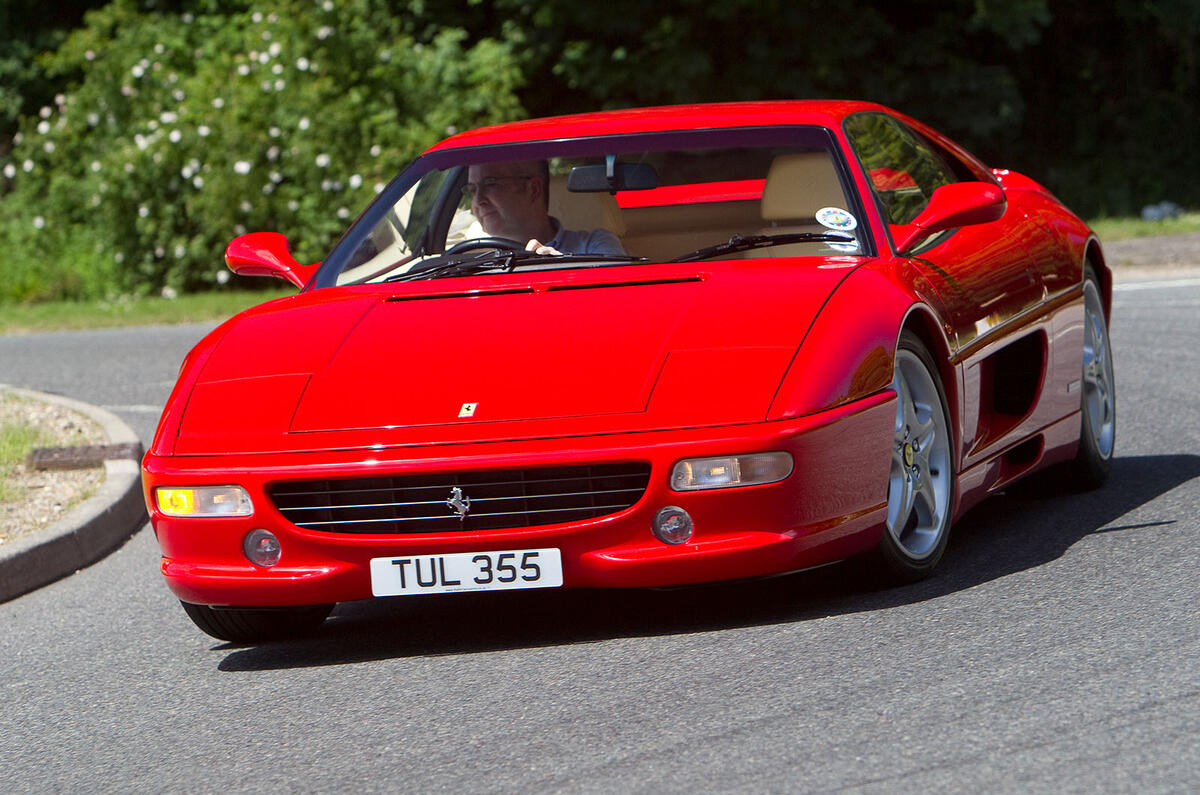
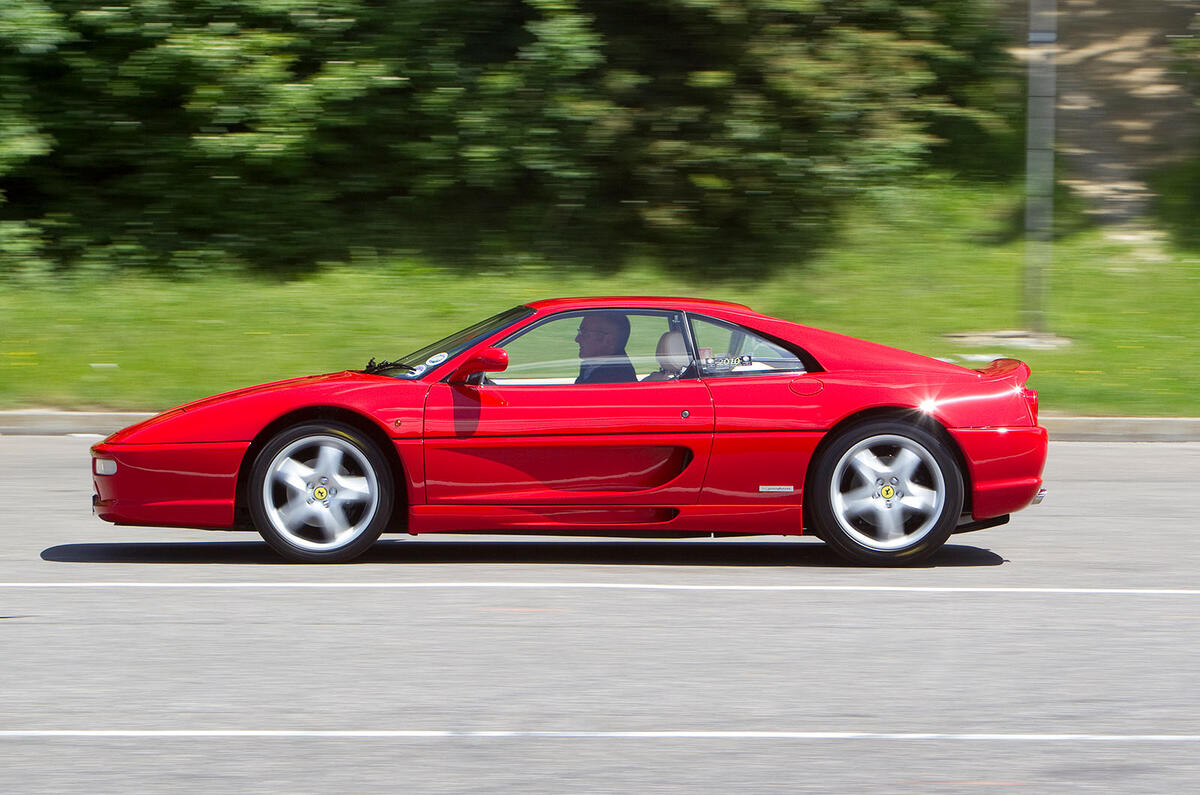
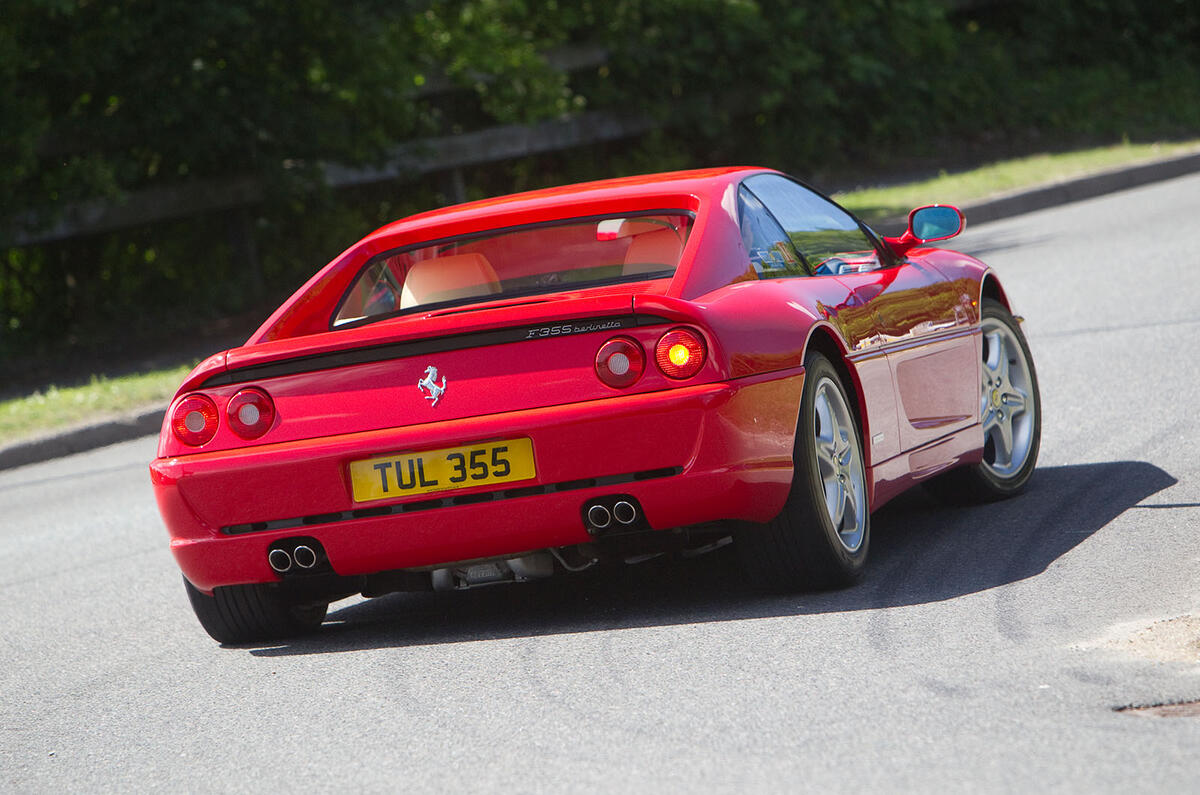

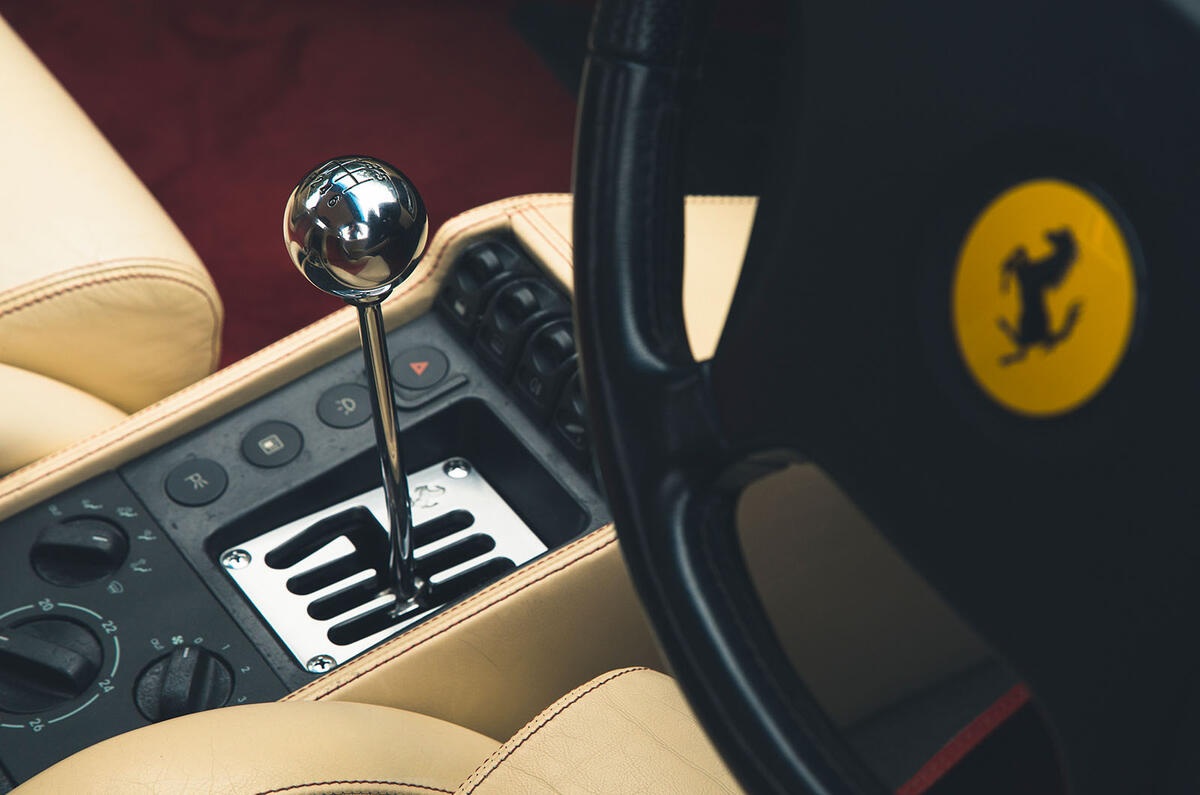
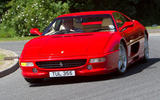
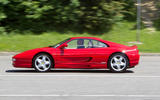
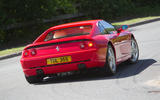
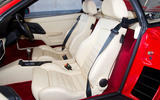
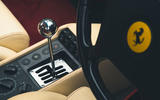


Join the debate
Add your comment
Looks fantastic but probably best admired from a distance.
The list of potential problems and their associated costs would put any sensible person off, but thankfully there are a few crazy (and rich) enthusiasts out there.
Just look at it! Nearly 30 years old and it is still a thousand times better looking than anything Ferrari sells these days. Such a shame they forgot how to make beautiful cars when cars like this are in their back catalogue.